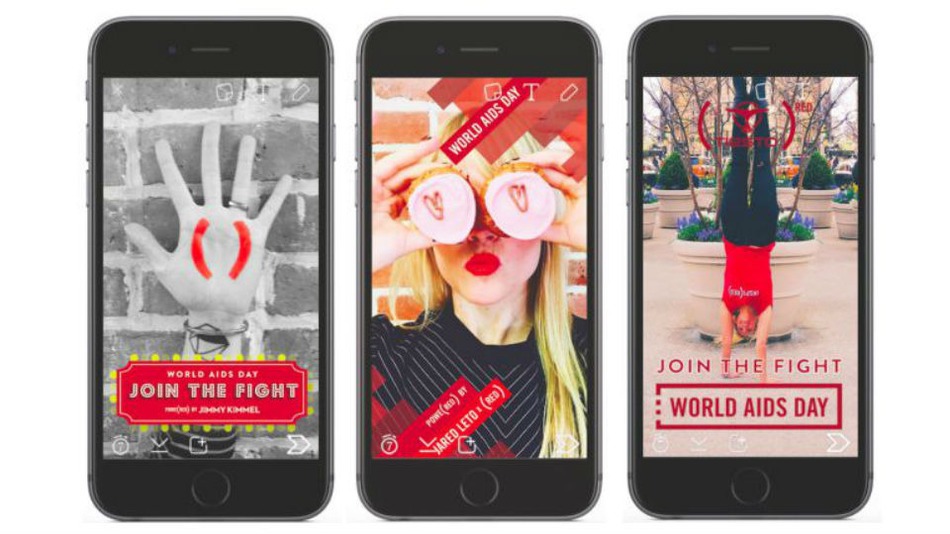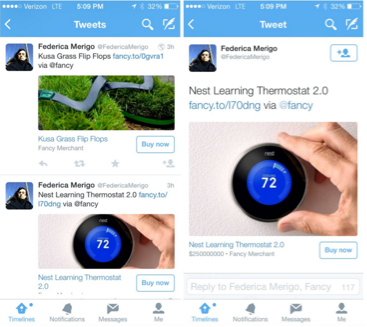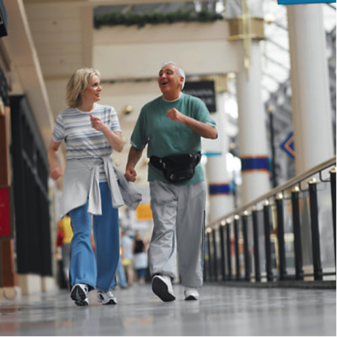The topic of ad blocking has hit the main stream after a recent Apple iOS update began supporting it. As users embrace the option of skipping over advertisements and blocking them from their view, marketers are prompted to step up to the challenge.
Ad blocking has grown to cost the industry roughly $781 million a year – yikes. Big numbers. Luckily for some advertisers, they have found a way to use it to their advantage. Utilizing the feature on YouTube that allows users to skip an ad after 5 seconds, GEICO created a simple ad that only lasted this long. The campaign behind the ad: “You can’t skip this GEICO ad, because it’s already over.”
The Facebook advertising world also has a unique feature—auto play for videos. Hotels.com incorporated this into an ad and specifically designed it to run without sound, allowing user experiences to remain uninterrupted (for the most part).
As these pesky ad blockers continue to make their mark, marketers need to create ads that, as this Forbes article so aptly put it, “match the context of the site or app in which they appear.” Consumers don’t like to be interrupted, and ad blockers were created as a way out. That being said, there are ways that marketers can adapt to this new landscape in order to keep their ads from being blocked. Here’s our advice:
Be simple
The main reason that consumers dislike online advertisements is that they don’t like being interrupted. Pop-up ads block content and follow users through their web surfing experience. Marketers can avoid this by creating content that is simple and relevant to the user experience, limiting the disruptions and the all-too-frequent irrelevance.
Boost ads through social media
While ad blockers are designed to remove ads from the online experience, most social media channels remain peppered with ads. Ads displayed via Facebook, Instagram, and Twitter fit effortlessly into the platforms and are made an innocuous – though present – part of the user’s experience.
As ad blocking is relatively new, it is also relatively unrefined. To date, the feature is used to block out any and all advertising content. However, as the story goes, there is always room for improvement. And fingers crossed there’s room for us as ad-people, too.
‘Tis the season for giving and, on Giving Tuesday, Snapchat teamed up with the Bill and Melinda Gates Foundation to donate up to $3 million dollars to (RED). Three “World AIDS Day” geofilters were created and for every picture that was taken with one, $3 was donated. On top of that, $1 million would be donated if a specific (RED) YouTube video were shared more than 330,000 times.
“It feels good to put a cause-supporting filter on a social media post, but wouldn’t it be nice if those little tokens of support actually counted in real money?”-Mashable
This question made us think—WOAH. Promotion for charities has completely evolved with the help of social media. What used to be a very personal and voluntary act is now much more easily accessible, with just a simple click of a button.
This type of campaign is a two-way street, and that’s why brands love it. While the charity is gaining funds and exposure, the brand is self-promoting and supporting user interaction. In this way, the charity and the brand are both kept in the consumer’s mind.
Some of our clients have used this tactic and we think it’s great:
From November 3rd to December 25th, Garnet Hill is donating up to $15,000 to St. Jude Children’s Research Hospital by giving $5 for every PJ party photo that is uploaded to Instagram with the hashtag #StJudePJParty.

In October, Rockport Shoes donated $5 to Dress For Success for every post using #MyDailyAdventure and tagging @DressforSuccess, and the campaign raised $10,000 for the philanthropic organization, which provides interview suits and career development support to low-income women.
The bottom line is that social media has helped charities become more accessible to consumers, and we can all be thankful for that. So, if you see campaigns like these, engage! It’s an easy way to do your part in giving during this holiday season.
It’s no new thing that digital interactions are shaping the way we live. But the statistics behind this year’s Cyber Monday are really ossifying that idea, and the ways that marketers are crafting point of purchase experiences have to change with it. Differentiation, mobile phones, and multichannel experiences are just some of the ways retailers have changed their approach to keep up.
Differentiation
REI is one of the few companies who did something different this Black Friday. They announced an “Opt Outside” campaign and closed all of their brick and mortar stores to encourage consumers to do something active outdoors. REI promoted the hashtag #OptOutside, and had over 1 million participants. The outdoor retailer reinforced their brand positioning and stayed true to their values. In doing so, they received great reward with an increase in online traffic throughout the Thanksgiving weekend. REI was able to entice more customers by doing just the opposite of other retailers in an act of – pardon the pun – “outside” of the box differentiation. (Source)
Mobile
The use of mobile devices for shopping has increased over the years, which has decreased the prominence of big shopping days such as Black Friday. (Source) This is because every day is a shopping day, and there is no rush. In fact, many shoppers use their phones for research before going into the store or making a purchase online. In addition, social commerce has also gained influence in mobile purchases. Twitter, Instagram and Pinterest all incorporate a simple way to purchase items straight form each of these platforms, helping drive awareness and sales.
Multichannel Experiences
Retailers are coming up with creative ways to reach more people on top of online and in-store shopping. Some retailers have created pop-up shops, allowing consumers to see, touch, feel and experience available options for a limited amount of time. This helps retailers test new concepts and markets with less risk. For example, Adidas created a pop up shop in London to celebrate the launch of the new Stan Smith collection. Designed to look like a replica of a Stan Smith shoebox, the shop had limited and exclusive edition products along with interactive experiences to leave a lasting impression on attendees. One of the interactive experiences allowed attendees to use the “Stan Yourself” app, which replaced Stan Smith’s signature and face with a unique endorsement picture of themselves.
 (Source)
(Source)
With shopping trends changing every year, will Black Friday continue to be as important of a shopping day as it has been in the past? Shopping malls have become more and more of a window-shopping experience; will brick and mortars continue to exist? Or will the malls of the future just be where we go to get our steps in?





